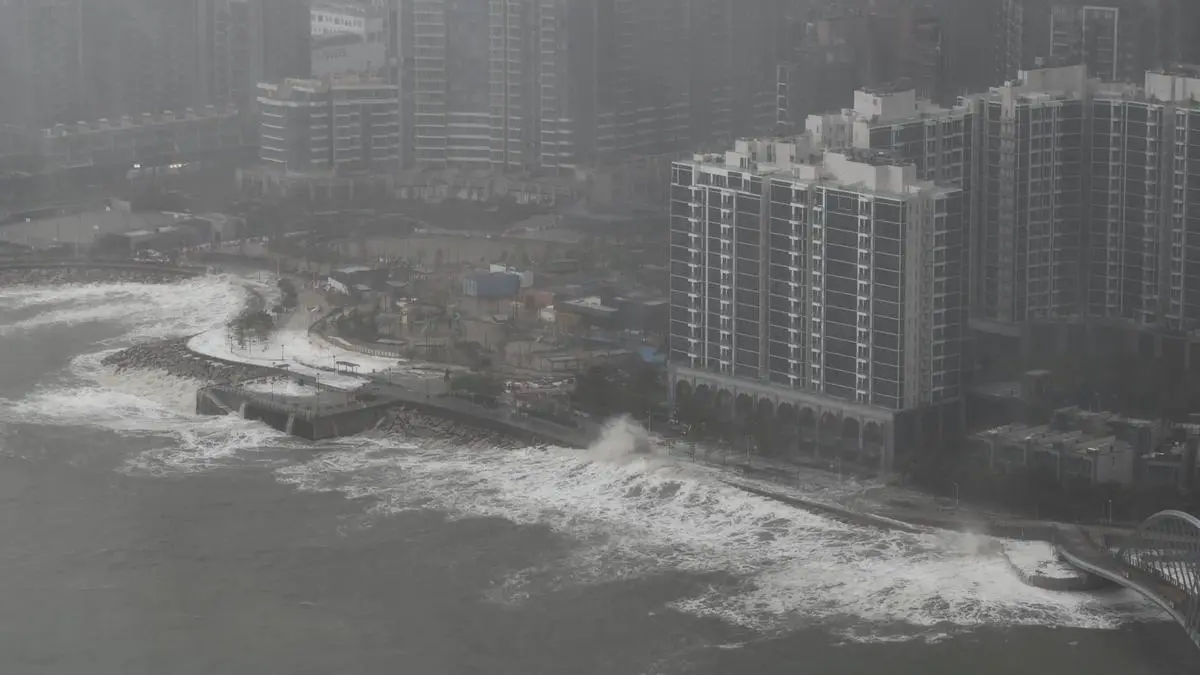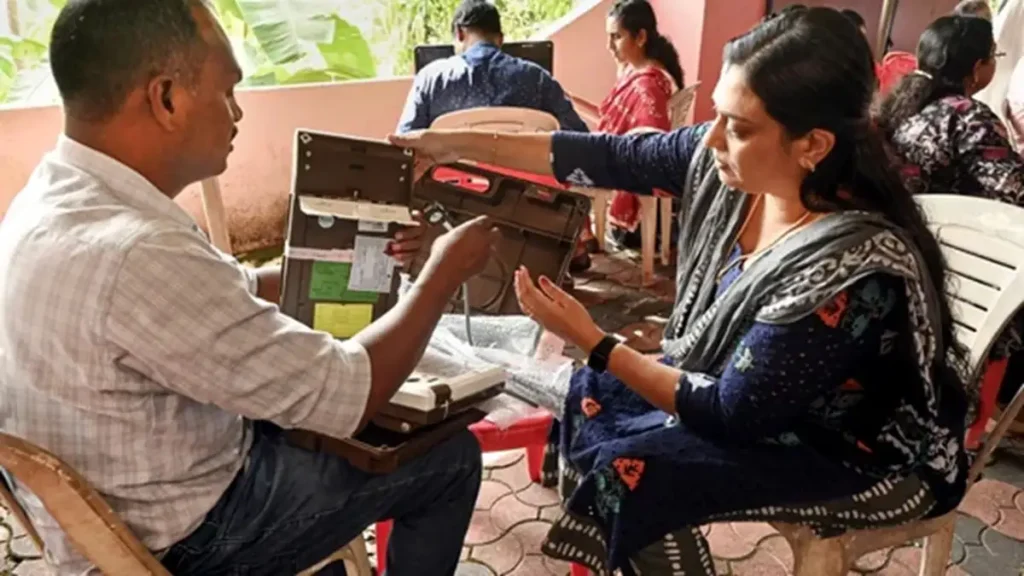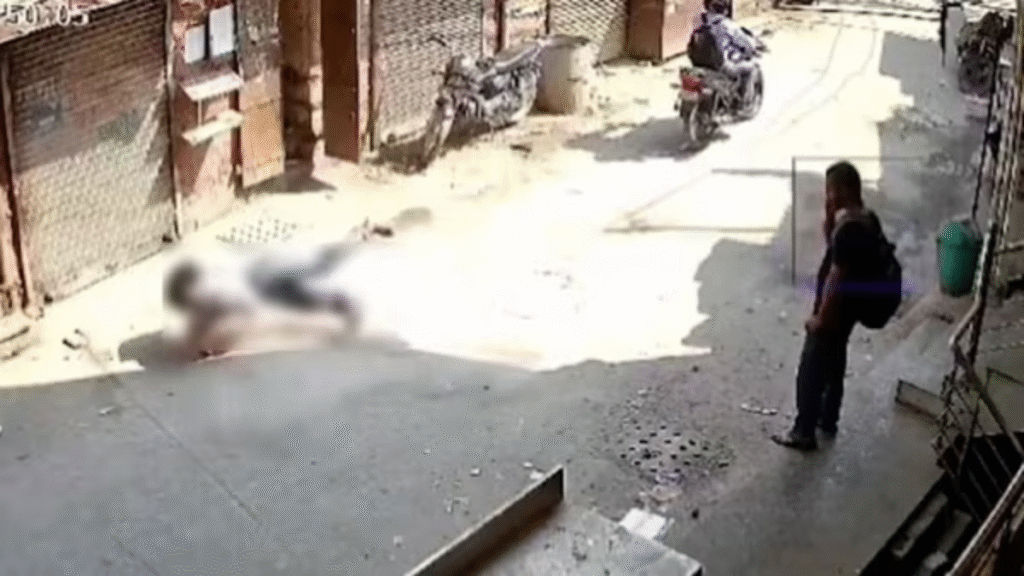Now Reading: A City Submerged: Typhoon Ragasa’s Fury Unleashed on Hong Kong and South China
-
01
A City Submerged: Typhoon Ragasa’s Fury Unleashed on Hong Kong and South China
A City Submerged: Typhoon Ragasa’s Fury Unleashed on Hong Kong and South China

A terrifying spectacle of nature’s raw power has been captured in a series of viral videos as Super Typhoon Ragasa, one of the strongest storms to hit the region in years, battered Hong Kong and coastal areas of South China. The footage, shared widely on social media, shows a level of destruction that residents and officials are calling unprecedented, with raging floodwaters, towering waves, and relentless winds overwhelming infrastructure and daily life.
The storm, which had already left a trail of death and devastation in the Philippines and Taiwan, made its fierce approach to the Chinese mainland, skirting south of Hong Kong. While the eye of the storm was offshore, its outer bands delivered a devastating blow. The city, known for its dense population and high-rise buildings, was brought to a virtual standstill as authorities raised the highest typhoon warning signal.
Videos from Hong Kong showed the sheer scale of the storm’s impact. In a particularly harrowing clip, storm surges are seen smashing through the glass doors of a waterfront hotel, flooding the lobby in a torrent of water that swept away furniture and sent people scrambling for safety. Other footage showed colossal waves crashing over promenades, inundating public spaces like cycling lanes and playgrounds. The powerful winds tore sections off a pedestrian bridge and knocked down hundreds of trees, leaving a chaotic landscape of broken branches and debris.
The destruction wasn’t limited to Hong Kong. As Ragasa made landfall on the coast of Guangdong province, it unleashed record-breaking wind gusts. In one town, a weather station recorded wind speeds reaching an astonishing 241 kph (150 mph), the highest ever measured in the city. The storm’s power was evident in videos showing luggage being sent flying across a railway station platform and massive waves pounding the coastline of Zhuhai.
In the face of the storm’s fury, Chinese authorities took swift and decisive action, evacuating nearly 2 million people from Guangdong, a crucial economic hub. Schools, factories, and transportation services were suspended in a dozen cities, and officials issued their highest red alert for storm surges. Despite these precautions, many low-lying areas were submerged, forcing residents to wade through waist-high floodwaters.
While the storm has begun to weaken as it moves further inland, the images and videos of its destructive power serve as a stark reminder of the increasing intensity of tropical cyclones. Scientists warn that rising global temperatures are contributing to these more powerful storms, placing millions of people in Asia’s typhoon belt at ever-greater risk. For the residents of Hong Kong and South China, the cleanup and recovery effort will be long, but the memory of Typhoon Ragasa’s terrifying visit will undoubtedly endure for years to come.










